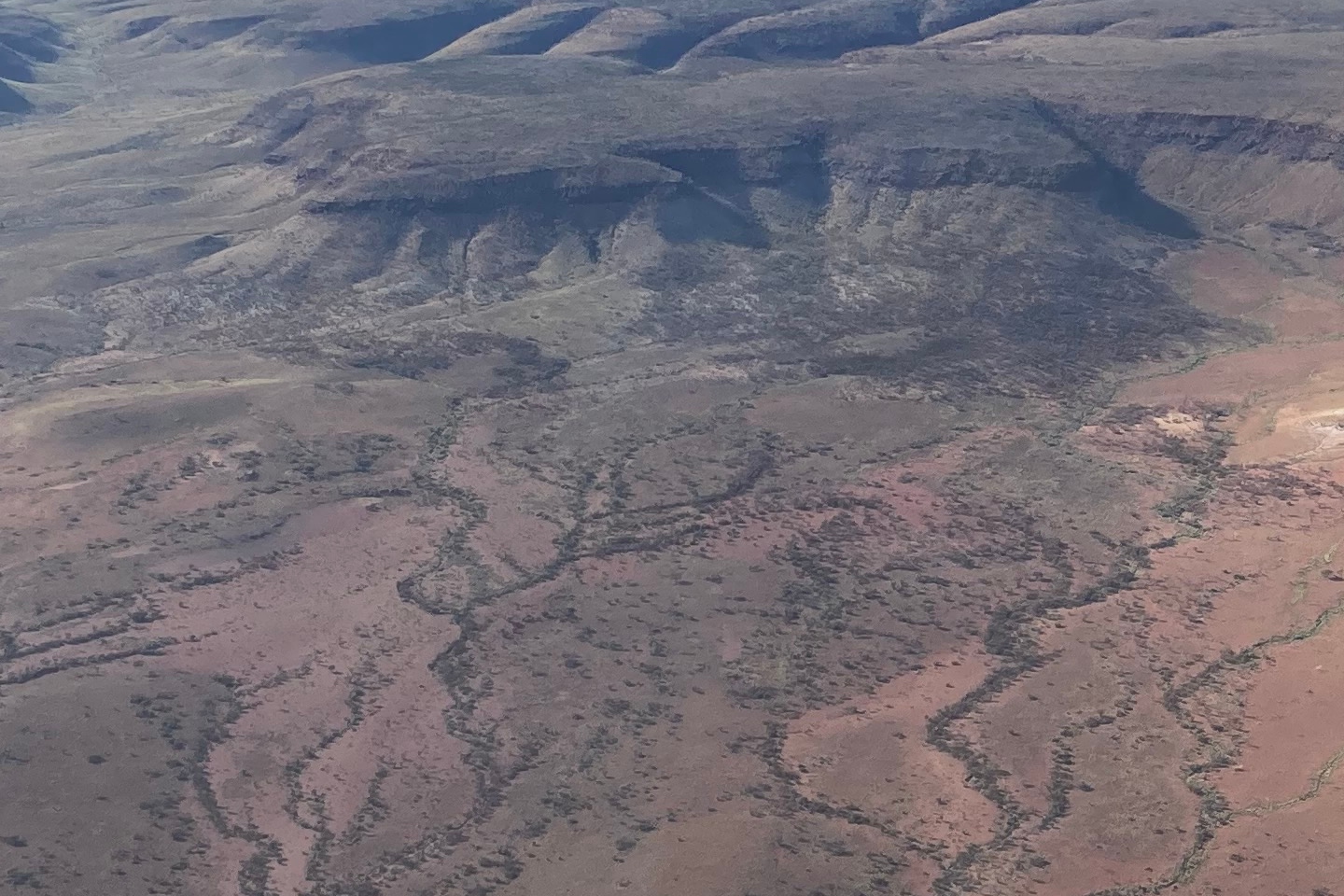A geophysical survey at DiscovEx Resources’ Sylvania project near Newman in Western Australia has identified potential south-east extensions to two lodes within the previously defined 2.8-million-tonne Prairie Downs zinc-lead-silver resource. The survey was designed to test for potential sulphide mineralisation related to the Prairie Downs fault and also defined a target area centred about 10km north-west along strike of the resource at the Husky prospect.

A geophysical survey at DiscovEx Resources’ Sylvania project near Newman in Western Australia has identified potential south-east extensions to two lodes within a previously defined 2.8-million-tonne Prairie Downs zinc-lead-silver resource.
The dipole-dipole induced polarisation (DDIP) survey was designed to test for potential sulphide mineralisation related to the Prairie Downs fault and also defined a target area centred about 10km north-west along strike of the resource at the company’s Husky prospect.
Previous exploration along a strike distance of about 10km within the fault defined the indicated and inferred resource that features grades of 4.94 per cent zinc, 1.59 per cent lead and 15 grams per tonne silver. DiscovEx believes the mineralisation remains open to the south-east, in addition to several other prospects where drilling has yielded significant base metal results.
The company says results from the survey identified several anomalous low-resistivity and high-chargeability anomalies that may represent disseminated or massive-sulphide mineralisation. Targets of interest include a potential south-easterly extension to the Prairie Downs “Main” and “Gabbro” lodes and a target area centred about 100m to 200m along strike to the north-west of the Husky prospect.
DiscovEx Resources managing director Toby Wellman said: “The identification of potential extensions to known mineralisation is extremely encouraging for the company, particularly given where these anomalies are positioned relative to the Prairie Downs resource. Even more promising is that these targets have never been drilled, providing the company with an excellent opportunity to add significant shareholder value.”
The company explains that its DDIP exploration tool is an electrical geophysical technique that measures chargeability and resistivity of the sub-surface, which can be useful in the identification of disseminated and/or massive sulphide ores. Many metals or sulphides have high chargeability (meaning the ability to store electrical charge), or alternatively exhibit low resistivity (allowing electric current to pass through readily).
Management notes that while the base-metal-rich lenses of both the Main and Gabbro lodes can be identified at surface from outcropping quartz veining, extensions are not readily defined due to recently-transported cover or masking by overlying younger rocks.
One of the first four DDIP transects was intentionally run across and perpendicular to the strike of the southern extremity of the mineralised Prairie Downs lode as a control line to establish a baseline response. It recorded a low-resistivity response coinciding with the already-known semi-massive sulphide mineralisation location, which includes a drill intercept of 4m at 7.85 per cent zinc and 2.49 per cent lead.
The first two lines were run across the inferred southerly strike extension resource line of lode, returning the best result with a significantly low resistivity anomaly beneath the overlying Bangemall sediments. Management says the response coincides with a mapped structure at surface, which may represent a reactivated structure related to the Prairie Downs Fault and that the position has never been drilled.
The final line defined a high-chargeability anomaly about 200m to 250m west of the southern extremity of the Prairie Downs lode, potentially indicating the down-plunge continuation of the Gabbro deposit. The significant target lies about 350m below surface and requires follow-up assessment, including compilation of all relevant surrounding geological data and the relogging of any holes which intersect possible up-plunge continuity of the Gabbro lode.
The Husky prospect, about 10km north-west of the resource along the interpreted strike of the Prairie Downs fault, is geologically-interpreted to represent the shallowest part of a low sulphidation epithermal system. Limited drilling results include teasers of 1m running 3.7 per cent copper in one drillhole and 11m going 0.35g/t gold in another.
A further four DDIP lines were run across the inferred line of extension of the Prairie Downs resource in the Husky area to test for possible continuation of mineralisation and the Prairie Downs fault zone. A chargeable anomaly was defined to the south-west of the structure and appears to be reasonably uniform and continuous across all four DDIP sections.
While the company thinks it is likely to be related to stratigraphy, being located near the base of the overlying Bangemall sediments, surface field investigation at each of the four anomaly positions has not yet identified a reasonable explanation for the high chargeable response.
More curiously, the strongest anomaly on the final line coincides with a gravity high, likely ruling out shale or siltstone as being a source of the anomaly. It means further investigation is required through mapping and rock-chip and soil sampling across the up-dip projection from each of the anomalies.
In addition to the geophysical activities, management reports that its application for an exploration licence about 30km north-west of the Prairie Downs resource was granted as part of its Sylvania project on September 26. The company believes the ground has potential for gold, base metal and rare earths mineralisation along the Bangemall Basin-Wyloo Group unconformity.
Is your ASX-listed company doing something interesting? Contact: matt.birney@businessnews.com.au















